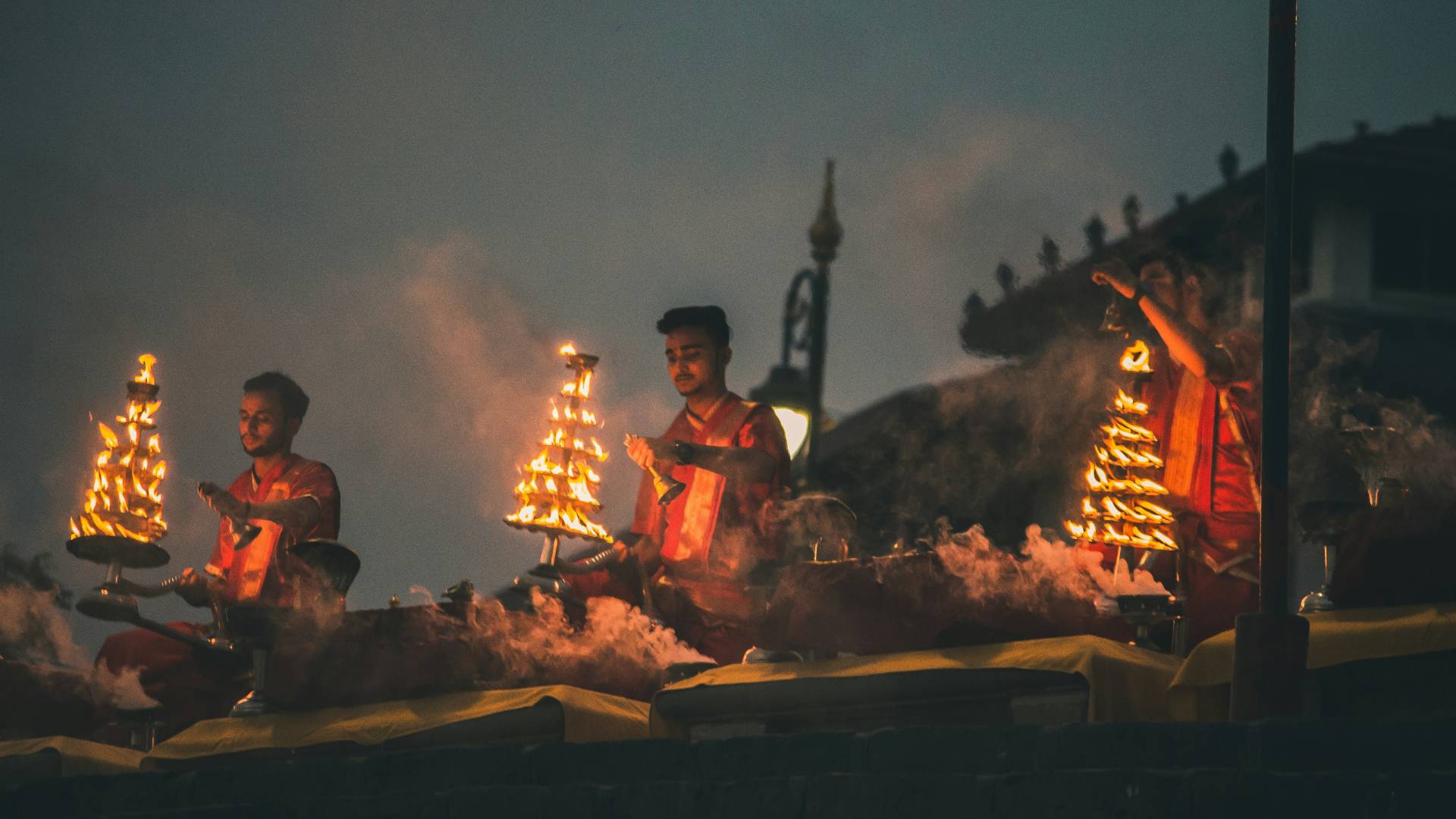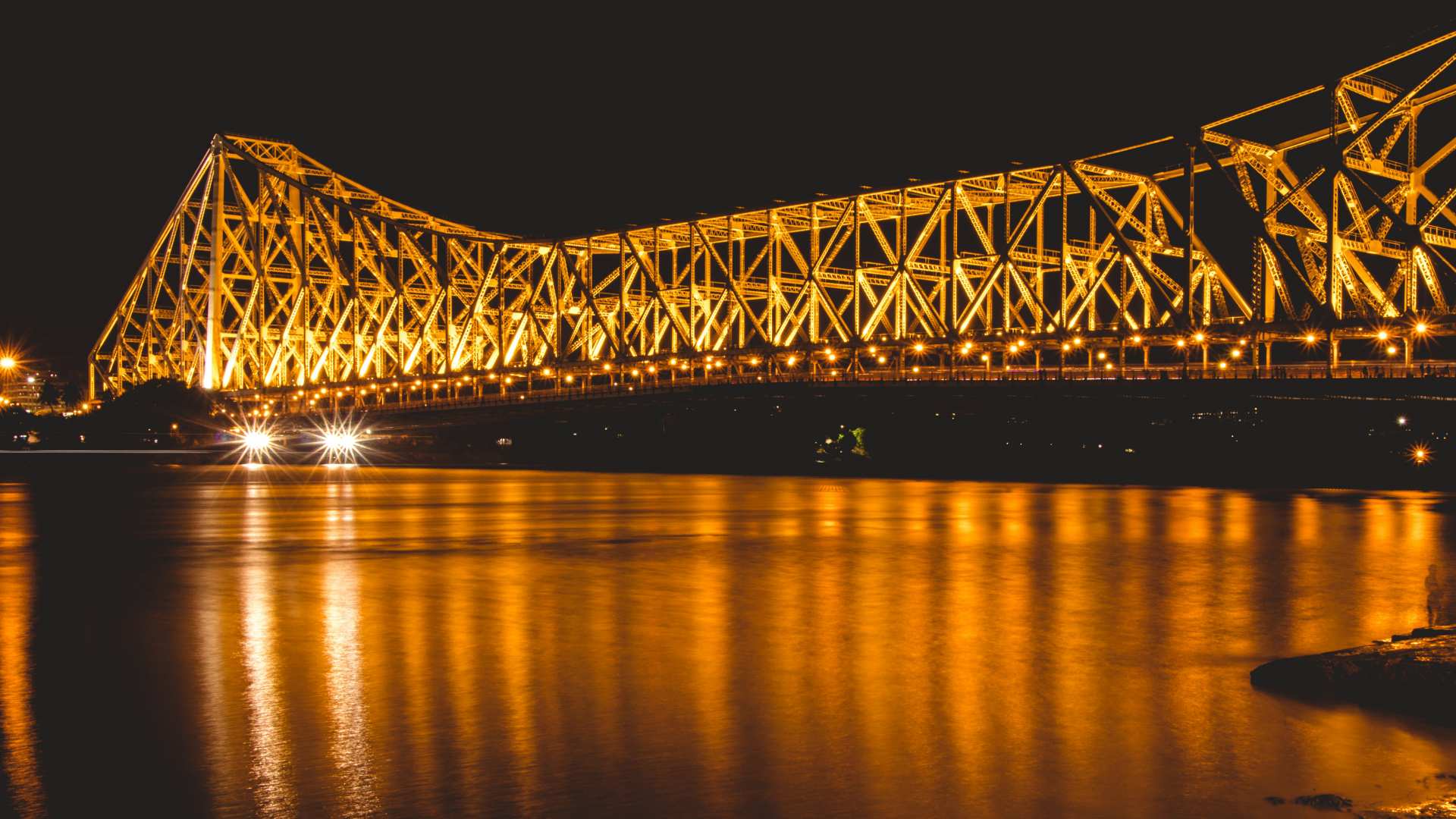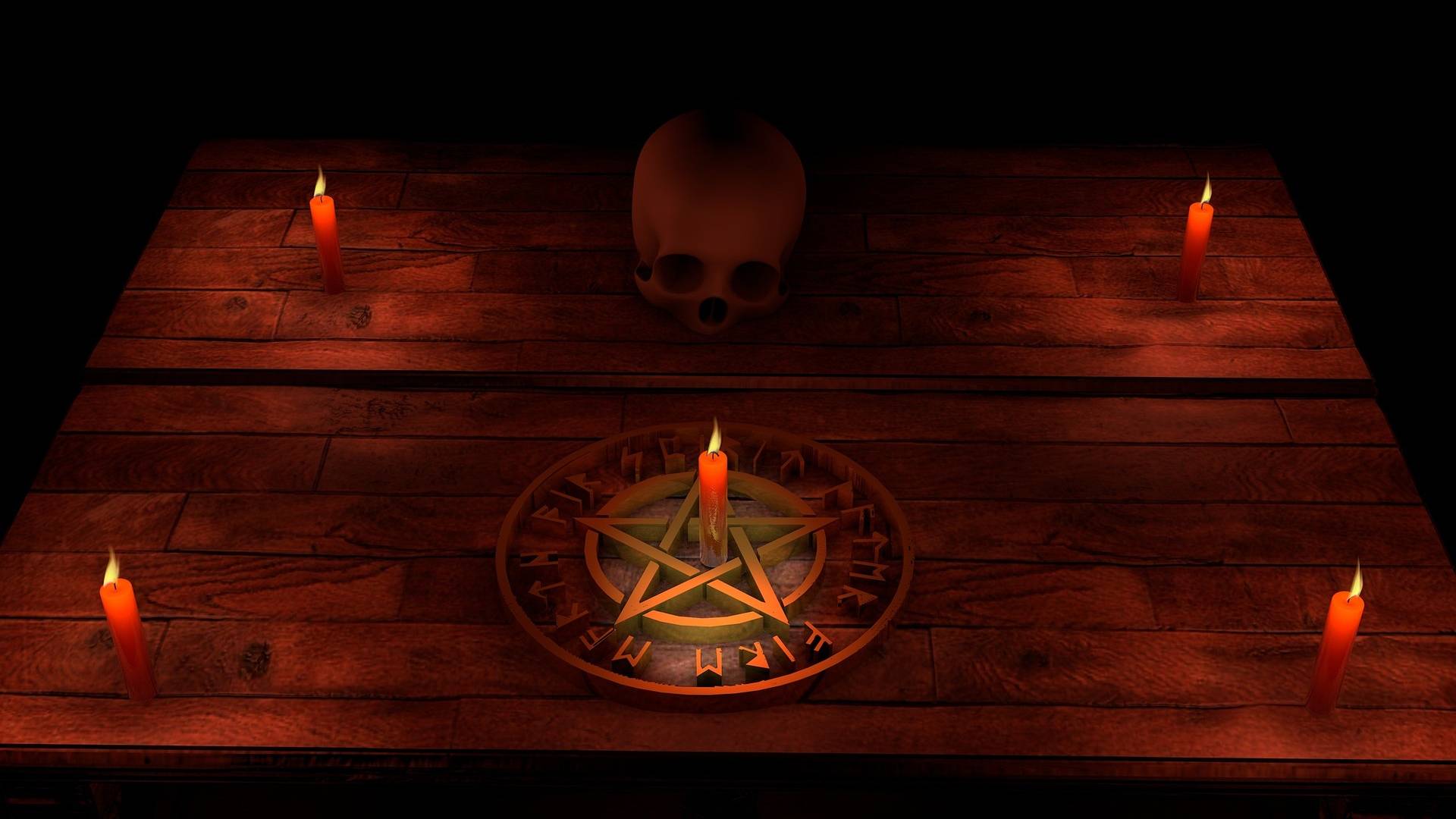Welcome to
Where Journeys Become Transformations
You are not here, by accident. You are here because your spirit wants more. More depth, more meaning, more connection! La Ruta does not just make travel plans. We make experiences that touch the heart and go beyond the usual.
We take you to places that hold knowledge and to quiet natural spots that feel calm. Every Journey with us is a step toward waking up feeling fresh and finding things. Journeys, with us bring Transformations. Whether you look for growth, healing or the real beauty of the world’s most magical places the travel company invites you to go past expectations and try something new.
The travel company is officially recognized by the Ministry of Tourism, Government of India, and also by the Department of Tourism, Govt. of West Bengal.
The travel journey, with La Ruta is not just planned, it has the support of trust and skill. We welcome you to a world where travel's not about places but, about big change.
Your journey begins now. Are you ready?
Dark Tourism Services
We created tourism itineraries that take you to the haunted locations to the centers to the abandoned heritage sites and, to the mystical landscapes across India. The dark tourism itineraries show the locations, centers, abandoned heritage sites, landscapes across India.
Domestic Tour Packages
Custom-designed domestic travel packages across India, covering pilgrimage, wellness, adventure, heritage, and offbeat destinations.
International Tour Packages
Handcrafted international tour packages for spiritual, cultural, and experiential travel across select global destinations.
Passport & Visa Services
Hassle-free passport assistance and visa processing services for domestic and international travelers.
Forex & Travel Insurance
Reliable forex exchange and travel insurance solutions ensuring safe, secure, and stress-free journeys.
Shaktipeeth & Jyotirlinga Trails
Authentic Shaktipeeth and Jyotirlinga pilgrimage trails, designed with deep scriptural understanding, ritual accuracy, and spiritual integrity.
Wellness & Spiritual Retreats
Integrated wellness and spiritual retreat programs combining detox, meditation, yoga, and ancient healing practices.
-
What do We Do?
Bespoke Spiritual Retreat Packages
Hand?curated experiences that unfold your inner journey in the temples, forest hermitages and riverside sanctuaries.Group & Individual Retreats
Choose your rhythm. Walk the path with like-minded seekers in small, intimate groups or embark solo for a deeply personal immersion.Special Care for Senior Citizens
We honour the wisdom of age. The retreats give support and careful arrangements, for travellers. The retreats make sure the elder travellers feel comfortable feel cared for and feel at ease, for the journey.Curated Spiritual Workshops
Guided meditation, mantra chanting, breathwork, energy healing, and sound therapy sessions with expert practitioners.Sacred Ritual Participation
Opportunities to witness and participate in the ancient temple rituals, pujas, yajnas and full-moon meditations.Ayurveda & Holistic Healing Add-on
Optional Ayurveda therapies, Panchakarma detox, herbal treatments, and personalised healing programs at selected retreat locations.Sacred Walks & Pilgrimages
Planned heritage walks, river rituals, temple trails, and offbeat spiritual circuits designed to deepen your inner journey.Personal Mentor / Guru Sessions
Private sessions with respected monks, yogis, or scholars to explore your personal spiritual questions or seek guidance.Women-Centric Spiritual Retreats
Specially designed sacred retreats for women travellers honouring the feminine divine through goddess temples, rituals, and empowerment circles.Mystical / Dark Spirituality Retreats (optional niche service aligned to La Ruta's dark tourism positioning)
For the bold-hearted: retreats exploring tantra, lesser-known shaktipeethas, forbidden paths, and esoteric practices (handled responsibly with spiritual sensitivity).Spiritual Art & Handicraft Experiences
Workshops with local artisans on sacred arts like Patachitra painting, clay idol making, textile rituals, etc.Post-Retreat Support & Follow-up
Access to online spiritual mentoring and community after the retreat so the journey continues beyond the trip.
ACHIEVEMENTS
Things are make us proud!
What we achieve?
Travel is not a business but the calling!
At La Ruta, we design travel experiences that're simple and give the value.
Travel experiences let you explore with the mind the comfort and the confidence.
From the planning, to the support, on the ground the tours run hassle free. The pricing stays clear. The peace of mind remains. The journey brings enjoyment, not the logistics.
We don’t see you as a customer. We travel with you as a trusted partner.
Because for us, great journeys don’t end at check-out they turn into long-term relationships built on trust, care, and unforgettable memories.
Happy Customers
Tour Packages Offered
Years of experience
Trekking Tours Conducted

Contact
Contact Us
Location:
N215, Podrah Shibtala Road,
Howrah, India, PIN-711109
Email:
sales.laruta@gmail.com
Call:
+91-7980399863






